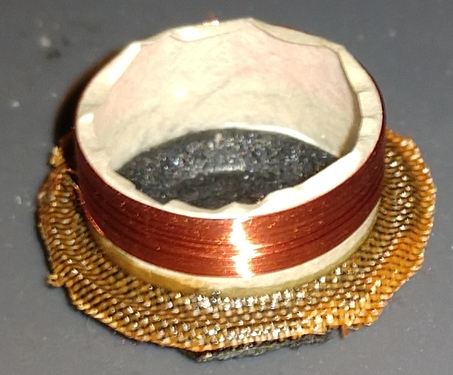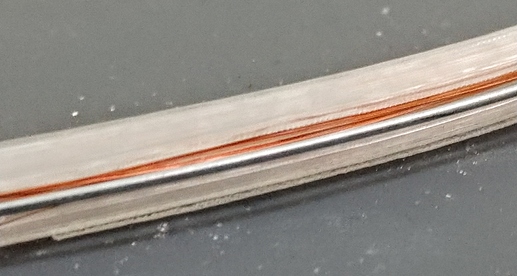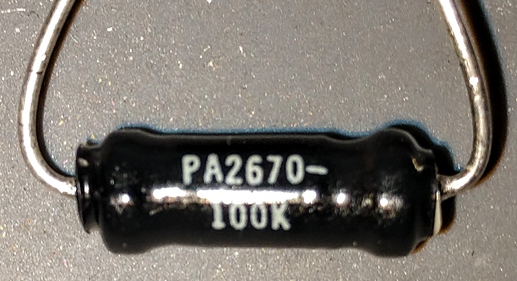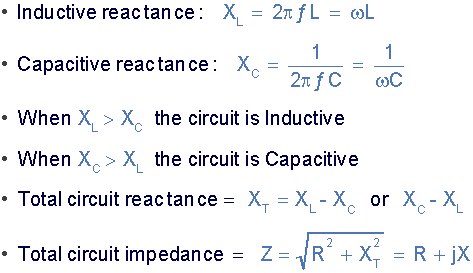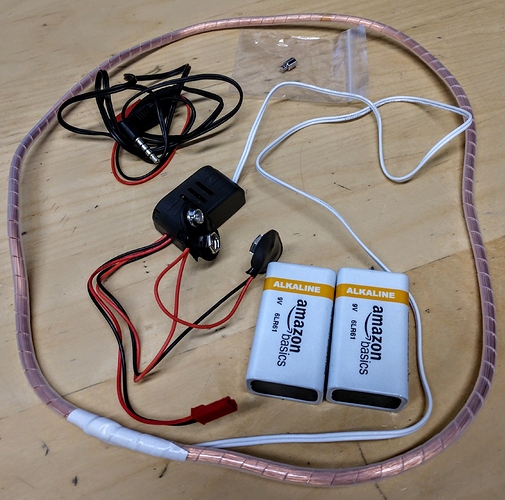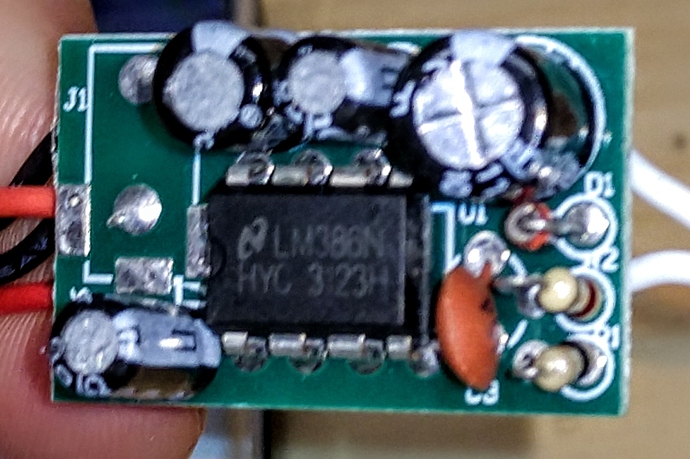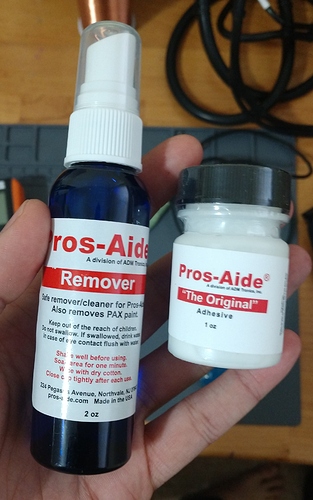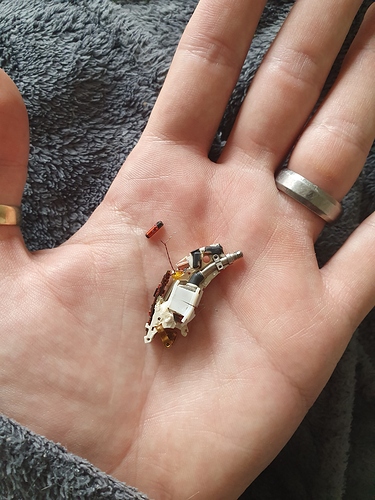I’ve been putting off making my first install because it felt like I didn’t really have a use case yet and I had a lot to learn before it was viable, but then I saw Rich Lee’s magnets, and then Vicarious’ setup, and I knew I had to have them. That said, I’m a little daunted by what doesn’t quite seem to be working and was wondering if anyone has had any real success with amplifiers yet. The problems seem to be:
-Middling fidelity. That’s kind of unfortunate, but it is what it is. The fact is the poles on any injectable magnets are going to sit up-down rather than in-out, so I’m not sure if that affects the direction of movement or not. I’m guessing it does, and that the fact that any sound comes through at all is a result of the embedding into the skin. Tape, glue, any fixative probably won’t be able to accurately reproduce the effect for experimentation, which is why I want to do this.
-low volume vs power consumption. Again physics is not on our side, but I’ve been doing as much research as I can into voice coils and solenoids. The shape of the coil matters as much to power efficiency as range, so I have some ideas to improve fidelity and power consumption at once. I think the necklace is a nice thought, but I don’t think it’s going to end up being the most effective shape. in the rim of a beanie, on the other hand, 1) allows a rounder shape, 2) gives a place to keep the electronics, 3) brings the range way down, and 4) is less of an obvious article of clothing. I also have a few concepts: either of a high collar with a folded coil (which I found a patent for) like the main character V of Cyberpunk 2077 wears, a jacket with embedded “epaulets” with a small coil under each ear next to the neck, or some kind of vertical coil that can be attached to a seat headrest in a car and send, for example, GPS directions to only the driver.
My last thought is that maybe the answer isn’t to try to move the magnet we have now even more, maybe the answer is more magnets. Not next to each other per se, but is it possible that one could be placed directly under the earlobe, behind the jawbone? There’s not a lot of fat there and the skin moves more than the tragus, but they should be sufficiently far apart to not interfere with each other and cause pain.
I’m still a little way out from being able to much of any research into any of these ideas, but I’m very interested to hear if you think I’m on the right track or especially if you have any experience or information that I might be missing.
